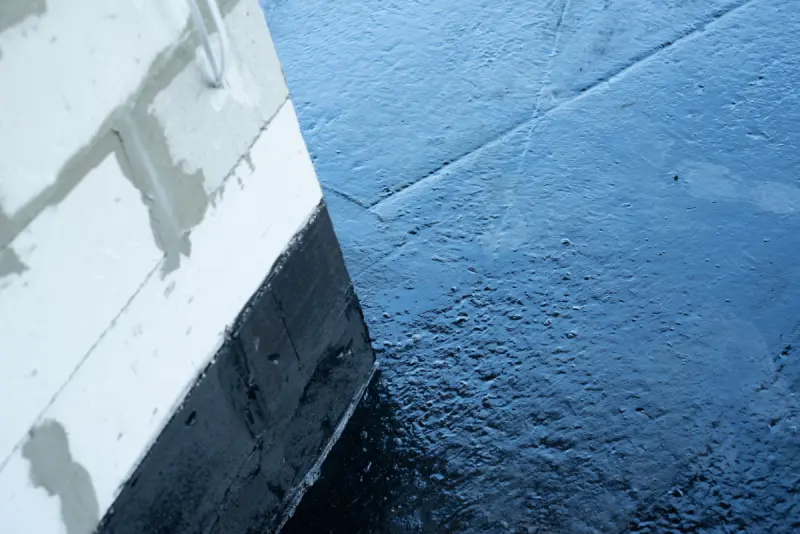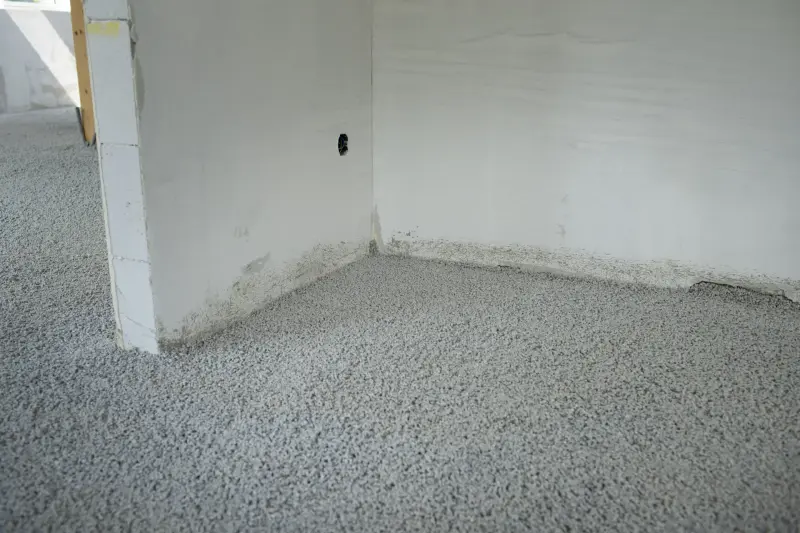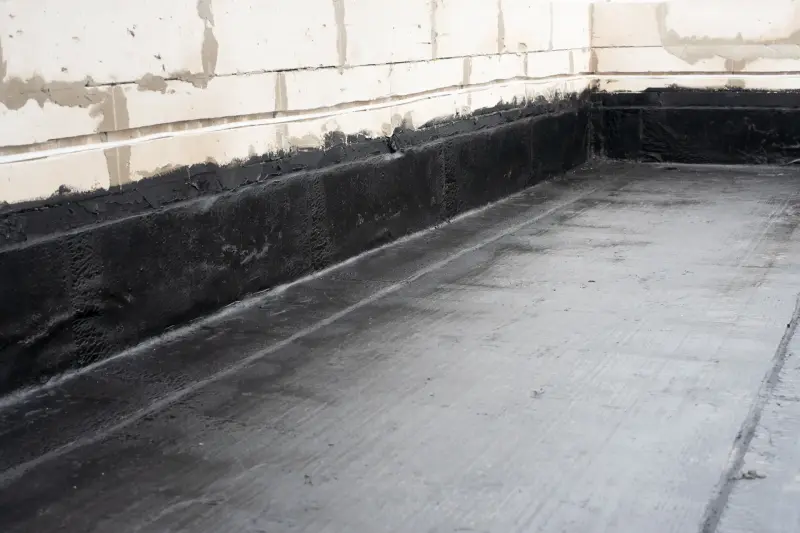Discover different types of basement tanking to keep your UK home dry and protected. Learn about waterproofing solutions that prevent damp and structural damage.
Why Basement Tanking Is Important
Basement tanking is essential for keeping below-ground spaces dry, safe and usable. Without proper waterproofing, basements are at high risk of damp, water ingress and even structural damage. Tanking stops moisture from seeping through walls and floors by creating a barrier between the external soil and the internal space. This is especially important in homes or buildings located in areas with high water tables or frequent rainfall.
Waterproofing your basement helps prevent issues like mould growth, property damage and poor air quality. Whether used for storage, living space or business purposes, a dry basement adds value to your property and offers peace of mind.
Cementitious Tanking Systems
Cementitious tanking is a popular method for waterproofing basements, especially where the structure is made of brick or concrete. This type of system involves applying a waterproof cement-based slurry directly onto internal walls and floors. Once cured, it forms a solid barrier that prevents water from entering the basement.

The process starts with surface preparation, which includes cleaning and sometimes repairing the walls to remove old coatings or crumbling materials.
The tanking slurry is then applied in several layers with a trowel or brush. Some products are designed to be flexible, allowing slight movement in the structure without cracking.
Cementitious tanking is best suited to situations where walls are sound and water pressure is not extreme. It is often used in older properties where installing cavity systems may not be practical.
It is cost-effective and easy to apply, but it must be installed correctly. Any cracks or damage to the wall can lead to future leaks. Professional installation or proper preparation is vital to ensure long-term protection.
Cavity Drain Membrane Systems
Cavity drain membrane systems are designed to manage water rather than block it entirely. These systems involve fixing a plastic membrane to the inside of basement walls and floors.
Water that gets behind the membrane is directed into a drainage system and pumped away. This method works well in areas with high groundwater levels. It allows the building structure to breathe and avoids pressure build-up.
Installation is relatively quick and less disruptive than other methods. However, it requires regular maintenance of the drainage channels and pumps to remain effective.
Liquid Waterproofing Systems
Liquid waterproofing systems provide a seamless, flexible barrier that can adapt to the shape and surface of the basement walls and floor. These systems use liquid-applied coatings, often made of polyurethane or similar materials, that are rolled or sprayed onto prepared surfaces.
Once applied, the liquid cures into a durable membrane that resists water, chemicals and movement in the structure. Because it bonds directly to the surface, it eliminates joints or seams where water could potentially enter. This makes it highly suitable for irregular or hard-to-reach areas, including corners and junctions.

Liquid waterproofing is a modern solution that’s gaining popularity due to its ease of use and long-lasting protection. It is ideal for both new builds and refurbishment projects.
However, surface preparation is critical—any dirt, dust or moisture can affect how well the coating sticks. Also, application should be done in dry conditions with good ventilation to ensure proper curing.
While often more expensive than cementitious tanking, liquid systems offer greater flexibility and are often more resistant to structural shifts or vibrations over time.
Pros and Cons of Each Tanking Type
Cementitious tanking is cost-effective and straightforward but less flexible, making it prone to cracking. Cavity drain membranes are excellent for high water levels and offer long-term reliability, but they need ongoing maintenance. Liquid systems are highly flexible and seamless but can be costly and need a dry, clean surface for application.
Each system has its place, depending on the basement’s condition, water pressure and usage. Consulting a professional is key to choosing the right method.
If you're looking for basement tanking systems and services for your home or commercial building, contact Above Water Damp Proofing Ltd. It's essential to protect your property from water damage, structural damage, and harmful mould growth that could be bad for your health.




